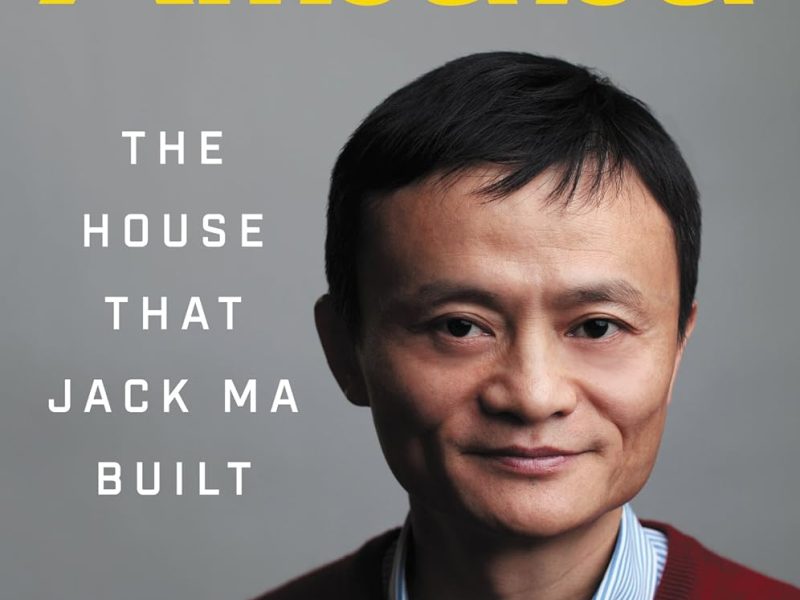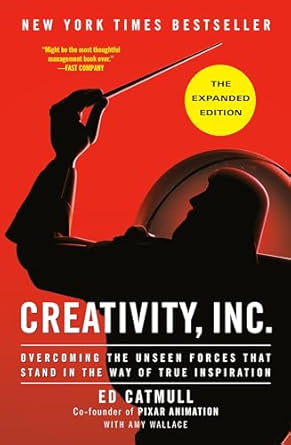How Today’s Entrepreneurs Use Continuous Innovation to Create Radically Successful Businesses
Eric Ries’s “The Lean Startup” has become a foundational guide for entrepreneurs and innovators across the globe. It introduces a groundbreaking approach to building and launching companies and products, emphasizing validated learning, scientific experimentation, and iterative development. The core idea is to counteract the high failure rate among startups by applying lean manufacturing principles to the entrepreneurial process.
Ries defines a startup as an organization dedicated to creating something new under conditions of extreme uncertainty. This definition broadens the application of the Lean Startup methodology beyond just tech startups in garages to include any organization or team introducing a new product or service in an uncertain market.
The book is structured into three parts: Vision, Steer, and Accelerate, each addressing critical phases of the Lean Startup methodology.
Part 1: Vision
In the “Vision” part of the book, Ries lays the groundwork for a new discipline of entrepreneurial management. He argues that traditional management principles are ill-suited for the chaos and uncertainty that startups face, advocating for a new managerial discipline to harness entrepreneurial opportunities effectively.
The Lean Startup draws its core concepts from lean manufacturing, pioneered by Taiichi Ohno and Shigeo Shingo at Toyota. This approach is about maximizing value while minimizing waste. Ries adapts these principles to entrepreneurship, advocating for a shift in how progress is measured in startups. Instead of traditional metrics, the Lean Startup uses validated learning to measure progress, focusing on learning and eliminating waste in the entrepreneurial process.
Ries introduces the concept of the “engine of growth,” likening it to the internal combustion engine in a car. Just as the engine requires precise management of its feedback loops to function efficiently, startups must manage their growth engines through constant adjustments and learning. This involves iterative product development and responding to market feedback to refine and improve the growth engine.
The book also addresses the challenge of applying Lean Startup principles within established organizations. Ries argues that the Lean Startup is as relevant to “intrapreneurs” within large companies as it is to entrepreneurs in traditional startups. He emphasizes the need for these organizations to foster an “innovation factory” by using Lean Startup techniques to drive continuous disruptive innovation.
Part 2: Steer
The second part, “Steer,” delves into the specifics of the Lean Startup method. It elaborates on the Build-Measure-Learn feedback loop, the core of the Lean Startup model. This iterative process involves turning ideas into products, measuring customer response, and learning whether to pivot or persevere.
Ries introduces the Minimum Viable Product (MVP) as a strategy to test initial assumptions. The MVP is the most basic version of a product that can be released to gather validated learning about customers with the least effort. It is a tool for learning, not just for product creation.
Innovation accounting is presented as a method to evaluate progress. This approach uses actionable metrics to analyze customer behavior and determine whether product development efforts are leading to sustainable business growth. Ries contrasts these with vanity metrics, which may look good on paper but do not reflect actual progress.
The decision to pivot or persevere is critical in the Lean Startup process. A pivot is a structured change to test a new fundamental hypothesis about the product, business model, and engine of growth. It’s a strategic move to change direction based on validated learning.
Part 3: Accelerate
In the final section, “Accelerate,” Ries discusses techniques to speed up the Build-Measure-Learn feedback loop. He applies lean manufacturing concepts, such as the use of small batches, to increase the efficiency of the learning process. Small batches help in identifying and eliminating waste, and in learning more quickly.
Ries also addresses the importance of adaptation and innovation within organizations. He criticizes traditional management practices for lacking scientific rigor and calls for a shift towards more empirical, data-driven approaches to innovation. He advocates for creating an ecosystem that supports long-term thinking and continuous innovation.
Throughout the book, Ries supports his arguments with examples from various companies and industries, illustrating the broad applicability of the Lean Startup principles. He emphasizes that the Lean Startup is not just a set of tactics but a principled approach to new product development.
Conclusion:
“The Lean Startup” offers a comprehensive framework for entrepreneurs and innovators to navigate the uncertainties of creating new ventures. By advocating for validated learning, iterative development, and a scientific approach to experimentation, Ries provides a pathway to build sustainable businesses and drive continuous innovation.


